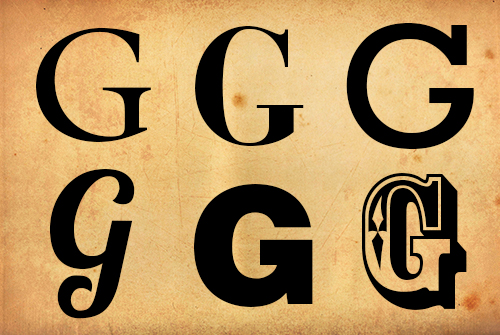by Mary McGahren
As a fifth-grader, I fell in love with calligraphy. I had always loved lines on paper, whether cursive, writing or drawing - so when I was asked, along with another precocious girl, to use my skills to write the awards certificates for other students with my beautiful real ink calligraphy pen, I felt pretty special. This love carried into my pursuit of a career in graphic design, and I was lucky to attend a program which focused heavily on educating designers on the art and science of typography. We didn't have to set our own type (unless we took letterpress) but we did have to understand the history of type and the 'rules' of typography, the classification of typefaces, and much more. We spent hours in critique discussing kerning and leading and the gesture of a "G," designing type-only pieces, treating type itself as an art form.
I fear this appreciation and understanding is being lost not only for designers who are educated in an associate's or even bachelor's program now, but in a more general way. So much is done for us - there are thousands of typefaces free online; we can pick a number of 'expressive' typefaces for our projects. Even more sad is that cursive is no longer being taught to children in many schools.
So - let's go back to basics, starting with the classification of type: rather than listing it all here, I've found a handy link to help with the vocabulary of type. Enjoy this lovely "Periodic Table of Typefaces," all about the classification of typefaces: Type Classification


